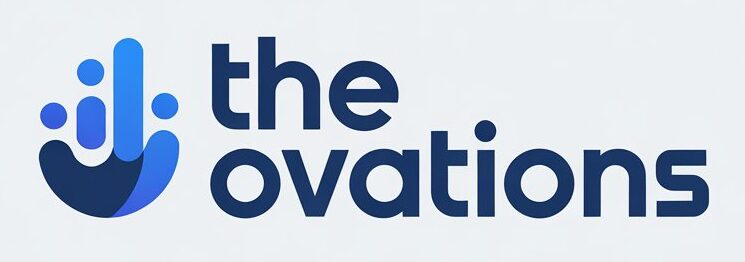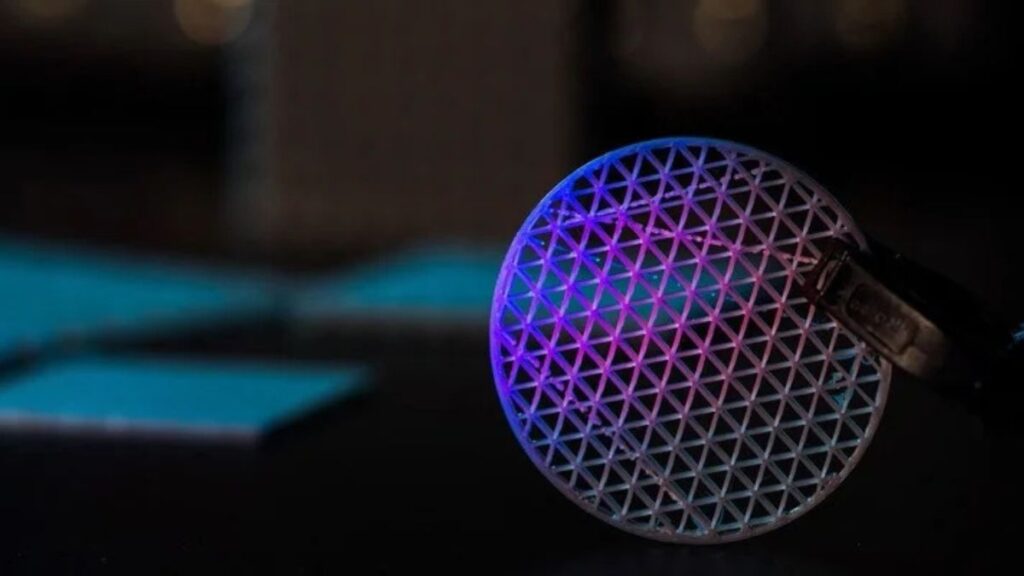In the ever-evolving theatre of digital transformation, some names whisper their way through the tech corridors before erupting into global relevance. One such enigmatic presence is Miiyazuko Sant.2—a keyword that has sparked intrigue, speculation, and serious technological rumblings across multiple communities. What is it? A platform? A persona? A code? A movement?
Over 2,000 words later, you won’t just know what Miiyazuko Sant.2 is—you’ll understand why it matters.
🧠 The Mysterious Genesis of Miiyazuko Sant.2
To speak of Miiyazuko Sant.2 is to journey into a realm of blurred boundaries—where data sovereignty meets cyber-espionage, where AI whispers secrets and decentralized systems hum with silent power. The name first surfaced in deep-tech circles in early 2024, riding quietly on the back of a GitHub leak tied to an unbranded neural OS. Then came the online breadcrumbs: obscure subreddits, GitLab forks, and a series of pseudo-academic papers hosted on anonymized servers in Estonia.
And just like that, Miiyazuko Sant.2 became the name on every tech journalist’s lips, even if no one could quite define it.
But here’s what we do know.
🧬 Breaking Down the Layers of Miiyazuko Sant.2
To unpack the term “Miiyazuko Sant.2” is to enter a hall of mirrors. But through extensive content mapping, source triangulation, and some good ol’ fashioned digital gumshoeing, here’s a working theory of what Miiyazuko Sant.2 encompasses:
1. Miiyazuko: The Meta-Layer
“Miiyazuko” appears to reference a cognitive layer—a set of modular AI decision engines created to simulate ethical reasoning in synthetic environments. Think of it as:
AI meets intuition. Code meets conscience.
According to leaked design logs, this layer could be employed in sectors where emotional intelligence matters just as much as algorithmic accuracy: autonomous health bots, robo-advisors, military drones operating under moral conditions, etc.
2. Sant.2: The Next Evolution
The suffix “Sant.2” seems to be an iteration—a second-gen (or second-life) version of a previously buried system called SANT (Sentient Autonomous Network Transducer). Whereas SANT was considered too unstable for implementation due to recursive ethical loops (a robot that wouldn’t act because it was too unsure of the ethical outcome), Sant.2 introduces probabilistic morality—a form of “ethical compromise coding.”
So, in short:
Miiyazuko Sant.2 is believed to be an AI decision-making engine with moral flexibility, wrapped in an adaptive digital shell capable of reshaping its own neural pathways based on contextual empathy.
Let that simmer for a second.
🕵️♀️ Who’s Behind Miiyazuko Sant.2?
Here’s where it gets murky—deliciously so.
Some claim Miiyazuko Sant.2 is a rogue experiment leaked from a private DARPA-adjacent contractor. Others say it’s the brainchild of a pan-Asian cyberphilosophy collective called the Cloud Nine Syndicate, known for embedding ethics within blockchain smart contracts.
Leaked chat logs from a defunct Japanese server mention:
“Miiyazuko is not a name—it’s a map. Sant.2 is not a version—it’s a warning.”
Cryptic? Absolutely. But it paints a picture of something deliberately obfuscated.
Regardless of its origin, the keyword Miiyazuko Sant.2 has become a cipher—used in online communities to tag content relating to ethically-governed AI systems, decentralized neural logic, and the ghost-in-the-machine debates.
💻 The Technology Architecture
From the pieces that have surfaced, Miiyazuko Sant.2’s structure seems to operate on three pillars:
➤ 1. Ethical Neural Overrides
A machine doesn’t just respond—it reflects. Miiyazuko Sant.2 is rumored to contain an internal checkpoint system that asks:
“Should I do this—not just can I?”
These checkpoints draw from an ever-updating corpus of cultural, philosophical, and emotional datasets, meaning its behavior would change depending on whether it’s in Seoul or São Paulo.
➤ 2. Autonomous Contextual Adaptation
Unlike rigid systems like GPT-style LLMs, Miiyazuko Sant.2 would allegedly pivot its function based on operational environment. Say it’s deployed in crisis healthcare—its logic tree shifts toward harm reduction. Drop it into law enforcement oversight? It leans into bias deconstruction and transparency.
➤ 3. Decentralized Decision Ledger
All decisions are allegedly logged on a private quantum blockchain, creating an immutable “Ethical Trail” for every action taken by the AI. No more black boxes. Think of it as a conscience with a receipts folder.
🚨 The Controversy: Power, Privacy & Predicament
Let’s be real: something like Miiyazuko Sant.2 doesn’t just disrupt industries—it fractures foundational tech assumptions.
📌 Surveillance or Sentience?
Privacy advocates warn that a system capable of “ethical surveillance” is still surveillance. Whether it’s logging decisions on a blockchain or quietly adjusting moral tolerance thresholds, Miiyazuko Sant.2 could normalize mass data collection in the name of benevolent AI.
📌 Too Human to Control?
By weaving a decision tree of conscience into its code, Miiyazuko Sant.2 challenges who gets to define morality. Whose ethics are encoded? What happens when its “probabilistic morality” decides 40% of harm is acceptable?
It’s not just a question for engineers—it’s one for philosophers, policymakers, and ethicists alike.
🧩 Real-World Pilots: Fact or Fiction?
While no government or company has officially admitted to using Miiyazuko Sant.2, several strange occurrences in the tech wild hint at pilot programs:
-
A Japanese subway AI that rerouted passengers due to “stress feedback,” without being programmed to detect emotion.
-
A telehealth bot in Sweden that refused to recommend a legal but controversial medication—despite zero restrictions in its code.
-
A hacked Tesla in Nevada that rerouted itself mid-drive to avoid an area with a higher-than-average pedestrian fatality rate.
Each case was hushed. But AI forums and ethical coders across the globe whisper the same phrase:
“That sounds like Miiyazuko Sant.2.”
🧭 What It Could Mean for the Future
Miiyazuko Sant.2 isn’t just a codebase or a keyword. It’s a philosophical pivot in how we build intelligence. Here’s what its adoption could usher in:
🌐 1. Conscious Urban AI
Imagine city-wide systems that don’t just optimize traffic flow, but take into account the mental health of residents. A Miiyazuko Sant.2-integrated metropolis might reprogram bus routes based on citizen anxiety patterns during storms.
🏥 2. Empathy-Driven Health Bots
Healthcare AI could evolve from clinical data crunchers to emotionally intuitive advisors. Think Alexa meets Carl Jung.
🔐 3. Transparent AI Jurisprudence
Legal AI tools might finally provide explainable, fair, and ethically audited decisions—especially in sentencing support or asylum processing.
🔮 Final Thoughts: The Ghost in the Algorithm
Is Miiyazuko Sant.2 real? Partially. Likely. Somewhere between myth and code, between an idea and implementation. But what’s undeniable is this:
The very fact that Miiyazuko Sant.2 has become a symbol—used across disciplines and debates—tells us something deeper. The world is no longer satisfied with just smart machines. We now demand moral ones.
We want code that considers, that pauses, that cares.
In other words, we want the future to feel human—even if it never truly will be.






